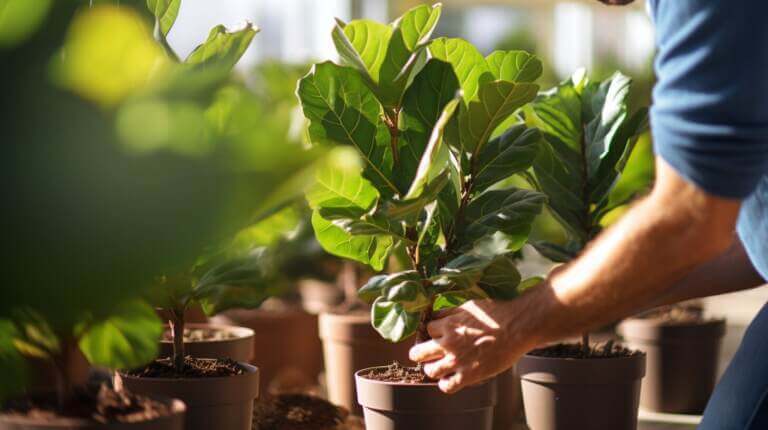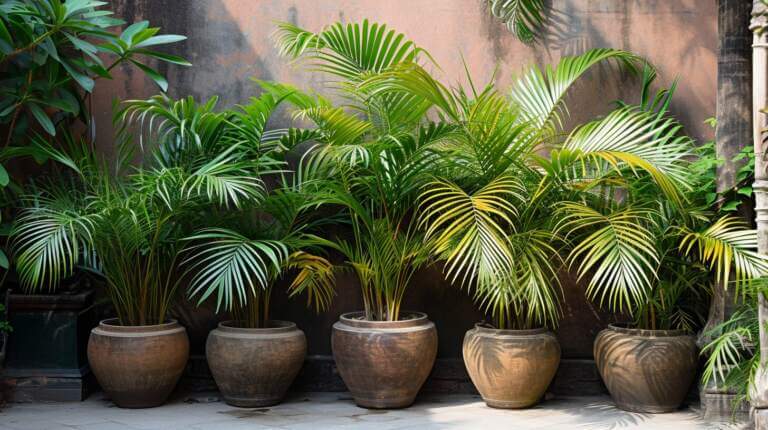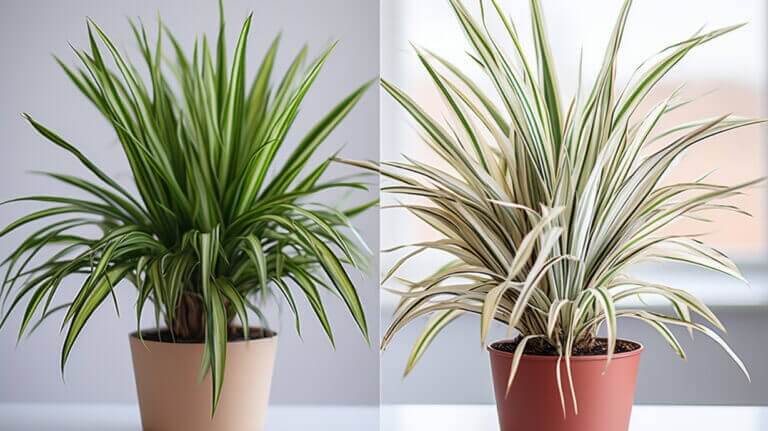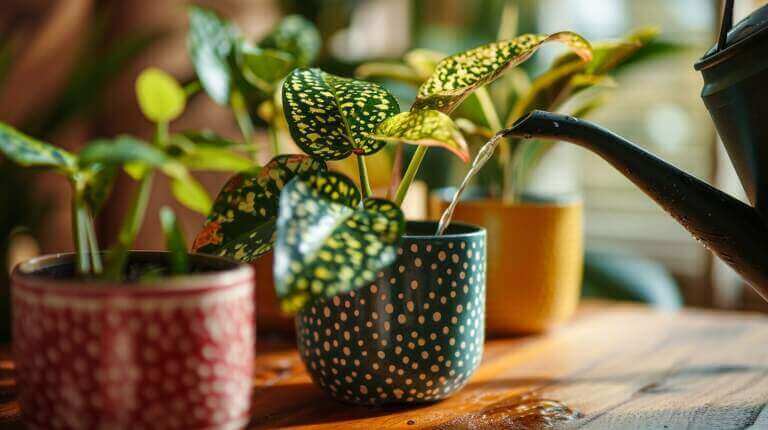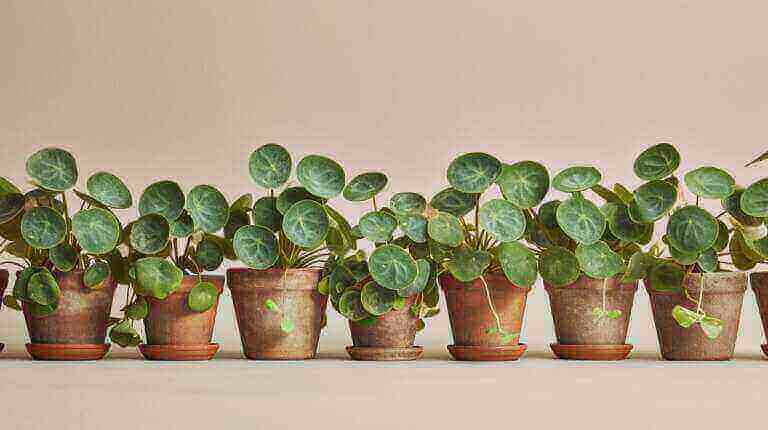Philodendron Light Requirements: How Much Light Does a Philodendron Houseplant Need?
Did you know that the amount of light a philodendron receives can greatly impact its growth and overall health? Philodendrons are tropical plants where it originate from tropical environments. Philodendrons can tolerate low light, but philodendrons do best with indirect sunlight which is a natural environment. Direct bright light could cause philodendron leaves or foliage to be droopy.
In this article, we will delve into the fascinating world of philodendrons and explore their light requirements.
By understanding the ideal lighting conditions for these popular houseplants, you can ensure their flourishing beauty in your space.
Whether you’re a seasoned plant enthusiast or a beginner, join us as we unravel the secrets to providing the perfect amount of light for your indoors philodendron.
Key Takeaways
- Light intensity affects philodendron growth
- Balance between light and shade is crucial for optimal growth
- Bright indirect light is preferred for philodendrons
- Different philodendron varieties have different light requirements
Understanding Philodendron Light Requirements
Typically, philodendron requires moderately bright, indirect light for optimal growth and health. Understanding the light preferences of philodendrons is crucial in ensuring their well-being. Assessing light intensity is an important aspect of this understanding, as it directly affects the plant’s growth.
Philodendrons thrive in bright, but not direct, sunlight. Direct sunlight can scorch the leaves and hinder growth, while low light can cause leggy and weak growth. It is essential to strike a balance between light and shade to promote healthy development.
Additionally, understanding plant growth is key to providing the right amount of light. Philodendrons are known for their ability to adapt to various lighting conditions, but too little or too much light can negatively impact their growth. By assessing the natural lighting conditions in your space, you can ensure that your philodendron receives the appropriate amount of light for optimal growth and overall health.
Assessing the Natural Lighting Conditions in Your Space
To accurately determine the suitability of lighting for your philodendron, it is important to carefully assess the natural lighting conditions in your space. Evaluating light intensity and choosing suitable lighting are crucial steps in ensuring the health and growth of your philodendron.
Here are a few factors to consider when assessing the natural lighting conditions:
- Direction of light: Take note of the direction from which the light enters your space, as this affects the intensity and duration of light exposure.
- Duration of light: Observe the amount of time your space receives natural light throughout the day, as philodendrons require a certain number of hours of light exposure.
- Obstructions: Identify any obstructions that may block or filter the natural light, such as curtains or nearby buildings.
- Shadows: Pay attention to any shadows cast by furniture or objects in the room, as this can indicate areas of lower light intensity.
By carefully evaluating these conditions, you can create the ideal environment for your philodendron to thrive.
Now, let’s explore the next section about ‘bright indirect light: the ideal environment for philodendrons’.
Bright Indirect Light: The Ideal Environment for Philodendrons
Bright indirect light is the preferred environment for philodendrons to thrive. This means that they should be placed in a location where they receive bright, indirect sunlight for a few hours each day. Direct sunlight can scorch their delicate leaves, while too little light can lead to weak growth and leggy stems.
To help you understand the optimal lighting conditions for indoor plants, here is a table showcasing the light requirements for various houseplants:
| Light Requirements | Plant Types |
|---|---|
| Bright indirect | Philodendron, Pothos, Spider Plant |
| Moderate | Snake Plant, ZZ Plant, Peace Lily |
| Low | Chinese Evergreen, Cast Iron Plant, Dracaena |
Adjusting Light Levels for Different Philodendron Varieties
Each philodendron variety has unique light requirements, and it is important to adjust the light levels accordingly to ensure optimal growth and health. Here are some tips for adjusting light intensity and optimizing light exposure for different philodendron varieties:
- Low-Light Varieties: These varieties can tolerate lower light levels and are perfect for spaces with less natural light. Place them in areas with indirect or filtered light, away from direct sunlight.
- Medium-Light Varieties: These varieties thrive in moderate light conditions. They can be placed in areas with bright, indirect light or a few feet away from a window with filtered sunlight.
- High-Light Varieties: These varieties require bright, indirect light and can handle a few hours of direct sunlight. Place them near a south or west-facing window, ensuring they are not exposed to intense midday sun.
- Variegated Varieties: These varieties have leaves with patterns or stripes of different colors. They require brighter light conditions to maintain their vibrant colors. Place them in areas with bright, indirect light or near a window with filtered sunlight.
Troubleshooting: Signs of Too Much or Too Little Light for Your Philodendron
Amidst caring for your philodendron, it is essential to be aware of the signs that may indicate whether your plant is receiving too much or too little light. Common light-related problems include leaf discoloration, wilting, and stunted growth.
If your philodendron is receiving too much light, you may notice that the leaves become pale or bleached, and they may also develop brown spots or burn marks. On the other hand, if your philodendron is not receiving enough light, the leaves may become dark green and elongated, and the plant may appear leggy or spindly.
To provide optimal lighting for your philodendron, place it in bright, indirect light, away from direct sunlight. You can also rotate the plant occasionally to ensure even exposure to light on all sides.
Frequently Asked Questions
What Light Conditions Are Best for Propagating a Heartleaf Philodendron?
When propagating a Heartleaf Philodendron, understanding the ideal light conditions is crucial. To ensure successful propagation, follow this step-by-step guide to heartleaf philodendron propagation. Providing indirect, bright light is recommended for best results. Avoid placing the plant in direct sunlight, as it can scorch the leaves. Strike a balance, offering enough light for growth without overexposing the plant.
How Can Adjusting the Lighting Help Fix Drooping Philodendron Leaves?
Adjusting the lighting can be a solution to common causes of drooping philodendron leaves. Insufficient light may lead to weak growth and leaves that droop. By placing your philodendron in a spot where it receives bright, indirect light, you can promote healthier foliage and prevent drooping.
Is the Timing of Fertilizing a Philodendron Plant Linked to its Light Requirements?
When it comes to best practices for fertilizing philodendron plants, timing plays a crucial role. However, is the timing of fertilizing a philodendron plant linked to its light requirements? Understanding the connection is key: fertilizing during periods of active growth, which usually coincides with a plant’s need for more light, can ensure optimal nutrient absorption and promote healthy foliage development in philodendrons.
What Light Requirements Should I Consider When Propagating Split Leaf Philodendron?
When propagating split leaf philodendron, understanding its light requirements is crucial for success. Providing the right amount and type of light can greatly influence the growth and development of the new plants. To ensure favorable conditions, follow this step-by-step guide to propagating split leaf philodendron and create an ideal environment for this lovely houseplant.
Can Philodendrons Survive in Low Light Conditions?
Philodendrons can survive in low light conditions, but certain varieties are better suited for this environment. The best low light philodendron varieties include the Heartleaf Philodendron, the Velvet Philodendron, and the Satin Pothos.
To care for philodendrons in low light conditions, it is important to place them in a spot with indirect or filtered sunlight. Regularly check the soil moisture and adjust watering accordingly. Additionally, provide adequate humidity levels to ensure the plant’s health and growth.
Can I Use Artificial Light Sources for My Philodendron?
Artificial light sources can be used for philodendrons, especially in low light conditions. While natural light is ideal for their growth, grow lights can provide the necessary light spectrum for photosynthesis. LED grow lights are a popular choice as they are energy-efficient and emit the required wavelengths for plant growth.
However, it is important to ensure that the light intensity and duration are suitable for the specific philodendron species. Regular monitoring and adjusting of the light source may be necessary to ensure optimal growth.
How Do I Know if My Philodendron Is Getting Too Much Light?
Determining whether a philodendron is receiving excessive light is crucial for its well-being. Signs of too much light include leaf scorching, yellowing, or browning of leaves, and stunted growth.
To protect your philodendron from excessive light, consider adjusting its placement to a spot with indirect or filtered light. If needed, use curtains or blinds to regulate the amount of light it receives.
Regularly monitor your plant’s appearance and make necessary adjustments to ensure it thrives in optimal light conditions.
Can I Place My Philodendron Near a Window With Direct Sunlight?
Placing a philodendron near a window with direct sunlight can be beneficial, as philodendrons thrive in bright, indirect light. However, it’s important to monitor the plant closely to ensure it is not receiving too much direct sunlight, which can lead to leaf burn.
To provide optimum care for your philodendron, consider placing it in a location where it receives bright, filtered light or near a window with sheer curtains to diffuse the sunlight.
Are There Any Specific Philodendron Varieties That Require Less Light Than Others?
When it comes to philodendron plants, it is important to consider the specific low light varieties that require less light than others. These varieties include the heartleaf philodendron and the velvet-leaf philodendron.
To provide optimal light conditions for these plants, it is recommended to place them in bright, indirect light. Direct sunlight can lead to leaf burn and damage.
It is also advisable to rotate the plant periodically to ensure even exposure to light on all sides.
What are the signs that your philodendron needs care?
Signs your philodendron may need care include yellow leaves, slow growth, and drooping. These could indicate issues with light, water, or nutrients.
What is a tree philodendron?
A tree philodendron is a type of philodendron that grows upright and has large, lobed leaves. It’s a tropical plant that adapts well to indoor environments.
What kind of light does a philodendron require?
Philodendrons require bright, indirect light. They can tolerate a wide range of lighting conditions but do best in bright, dappled sunlight.
How much light do philodendrons need?
Philodendrons need plenty of sunlight but should be placed in a location where they receive indirect sun’s rays for about 4-6 hours a day.
How can I propagate my philodendron?
To propagate your philodendron, take a stem cutting with at least one node and place it in water or moist potting mix. Keep it in bright, indirect light and wait for new roots to grow.
What happens if my philodendron gets too much direct sun?
If your philodendron gets too much direct sun, its leaves can turn yellow or develop brown spots due to sunburn.
How do I know if my philodendron is getting enough light?
If your philodendron is getting enough light, it will have vibrant green leaves and steady growth. If it’s not getting enough light, it may show signs like leggy growth or yellowing leaves.
Can Philodendron Plants Survive in Low Light Conditions?
Philodendron plants are known for their adaptability and resilience, but can they survive in low light conditions? Despite their ability to tolerate some shade, prolonged exposure to low light can negatively impact their growth. However, it’s important to note that philodendron toxicity is a concern, as the plant’s leaves can be harmful if ingested by pets or children.
Can I grow a new philodendron from a leaf cutting?
Yes, you can grow a new philodendron from a leaf cutting as long as it has a piece of the stem attached.
How often should I water my philodendron?
The frequency of watering depends on the type of philodendron and its environment. Generally, you should water the plant when the top inch of soil feels dry.


